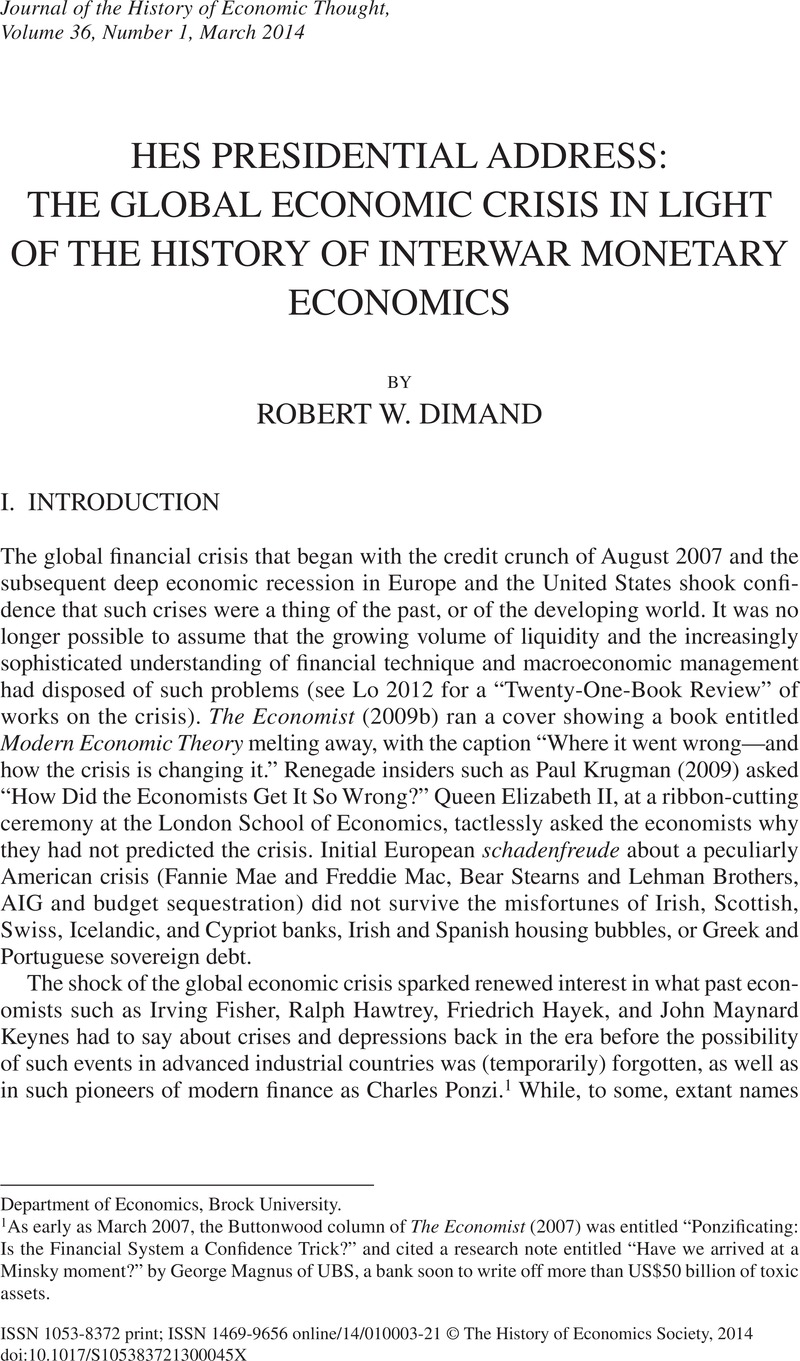Crossref Citations
This article has been cited by the following publications. This list is generated based on data provided by Crossref.
Caldararo, Niccolo Leo
2016.
Financial Evolution and Central Bank Credit: Ethics, Morals, Taxation, Stagnation and Bank Holidays.
SSRN Electronic Journal,
Caldararo, Niccolo Leo
2018.
Are Banks Necessary or a Problem and Do All Bailouts Create More Inequality?.
SSRN Electronic Journal ,
Caldararo, Niccolo Leo
2018.
Bitcoin: Rube Goldberg Machine, Gigantic Distraction, Entertainment, Ripoff or Money?.
SSRN Electronic Journal ,
Marcuzzo, Maria Cristina
and
Zacchia, Giulia
2024.
THE HISTORY OF ECONOMIC THOUGHT FROM THE VIEWPOINT OF HES PRESIDENTIAL ADDRESSES.
Journal of the History of Economic Thought,
p.
1.



